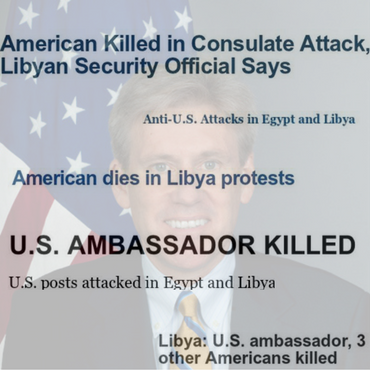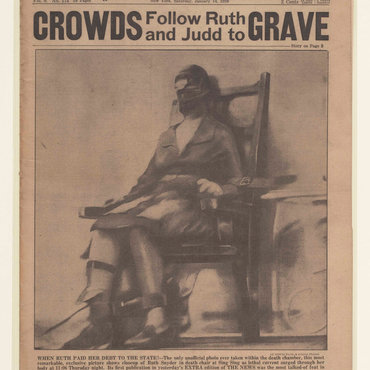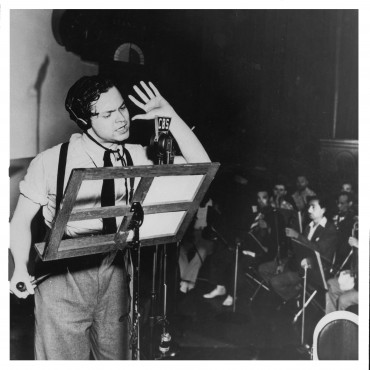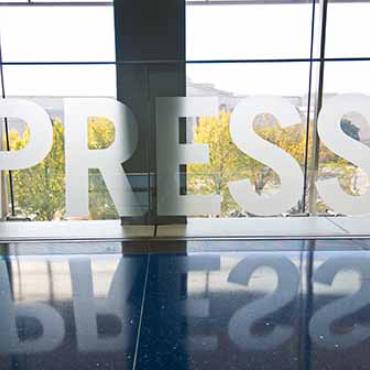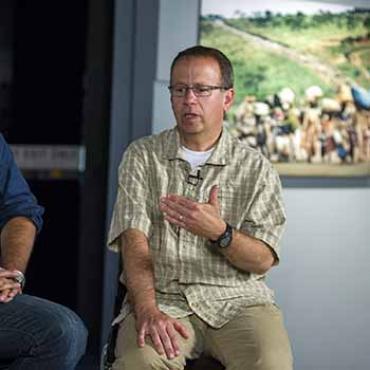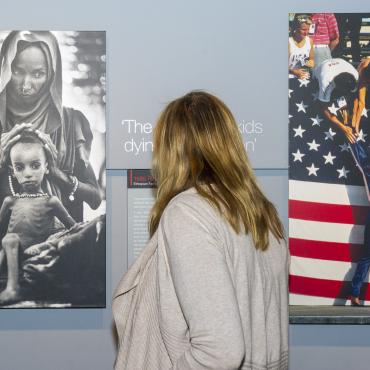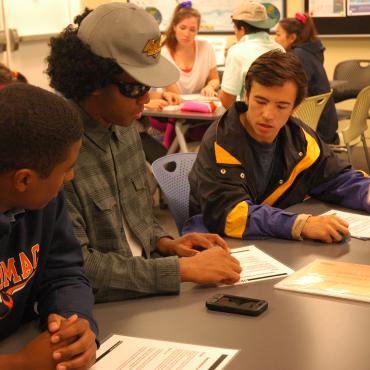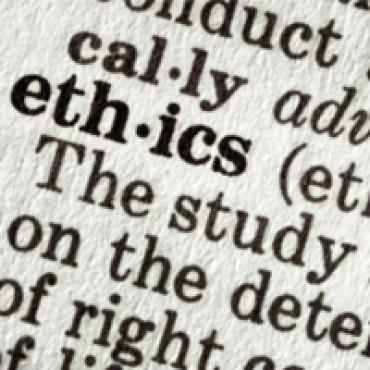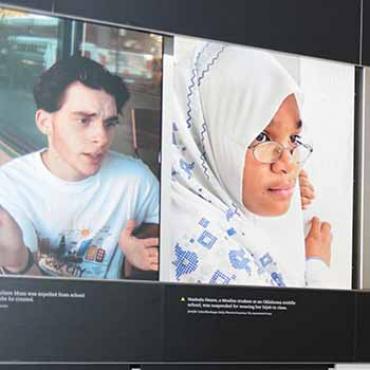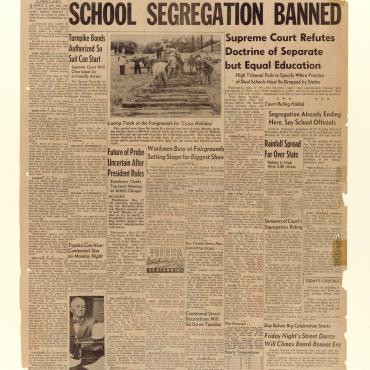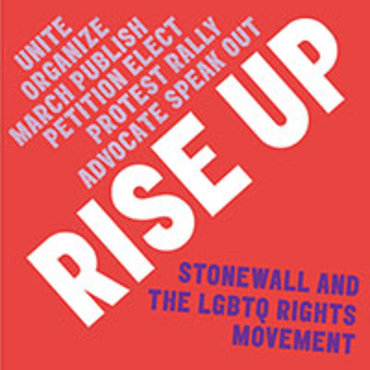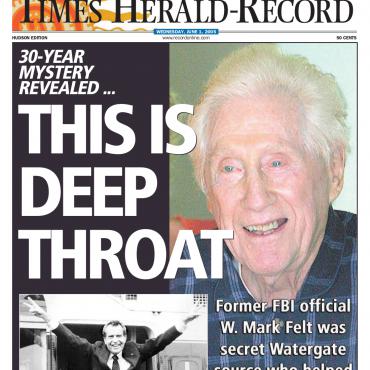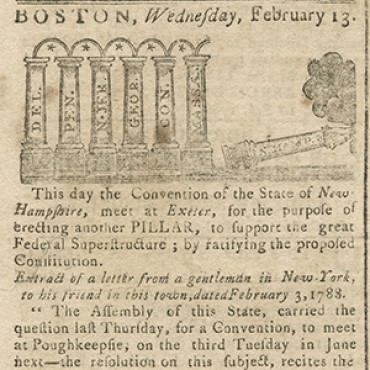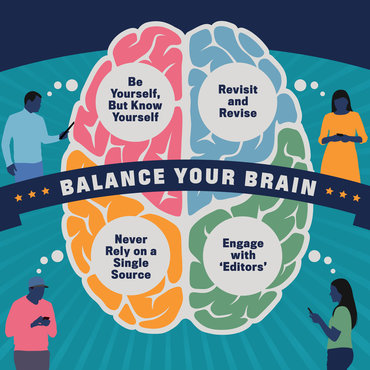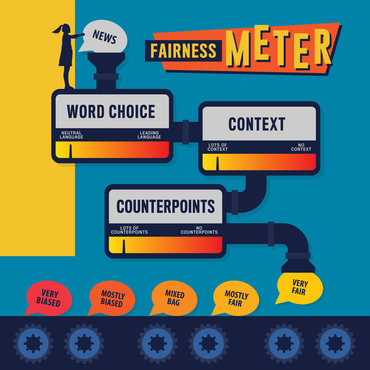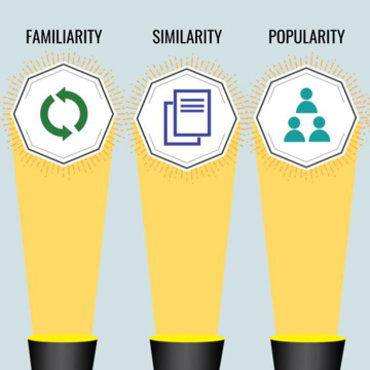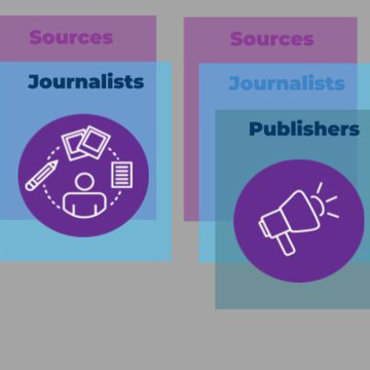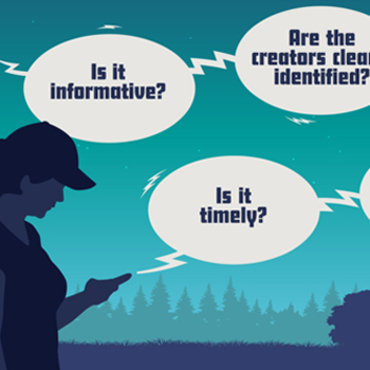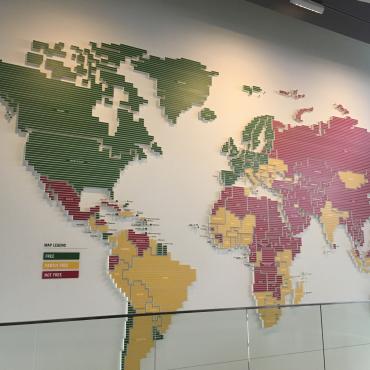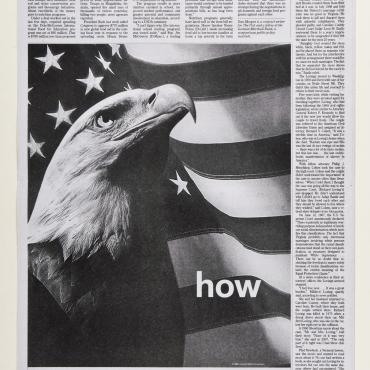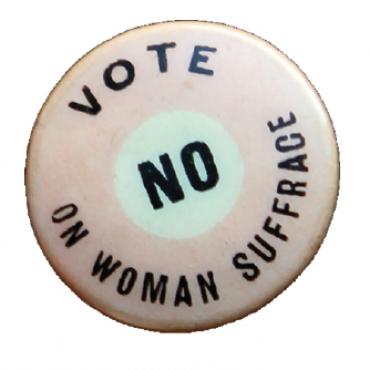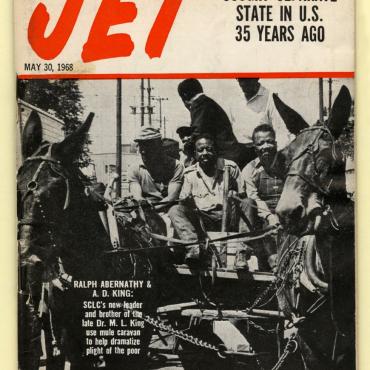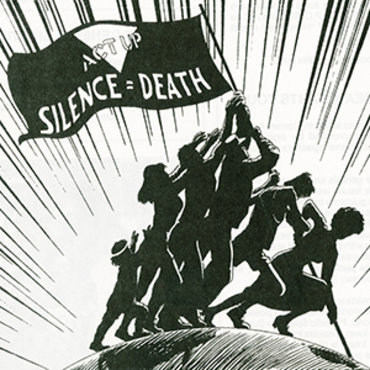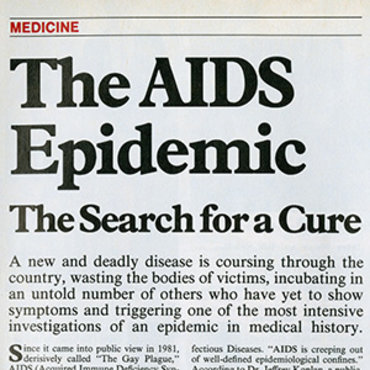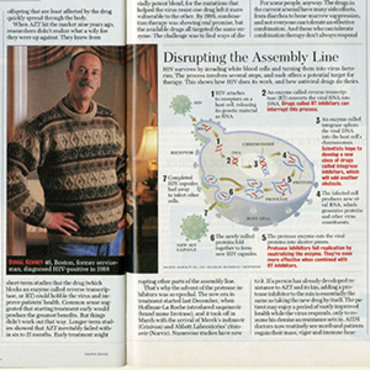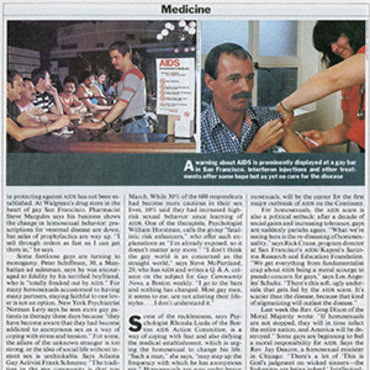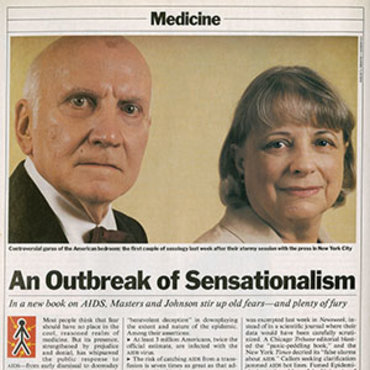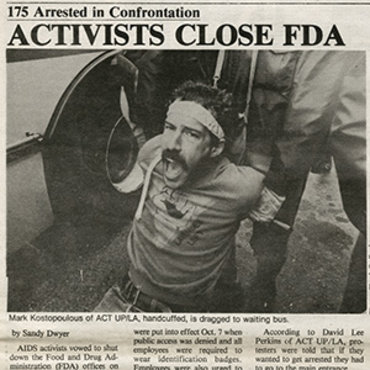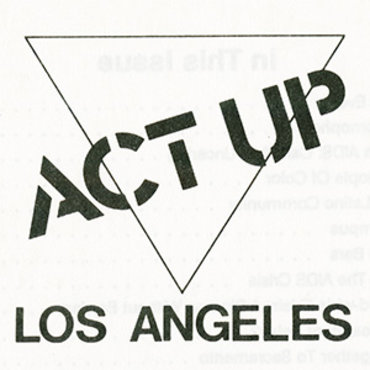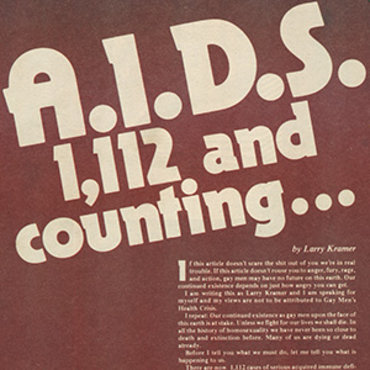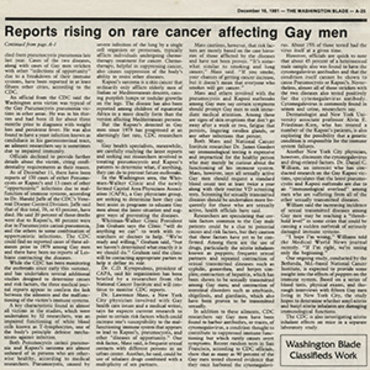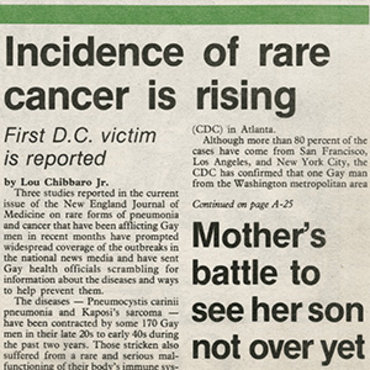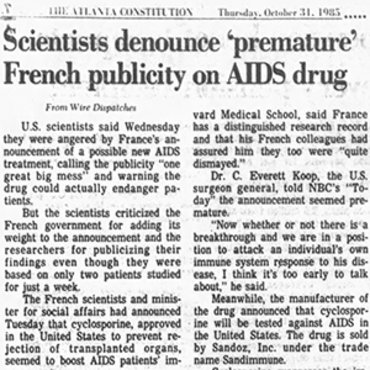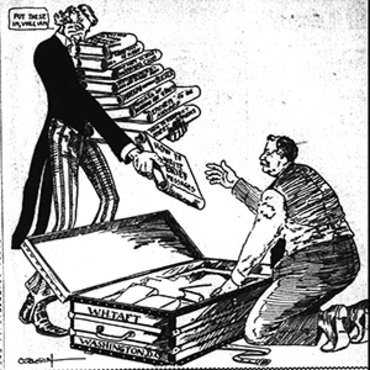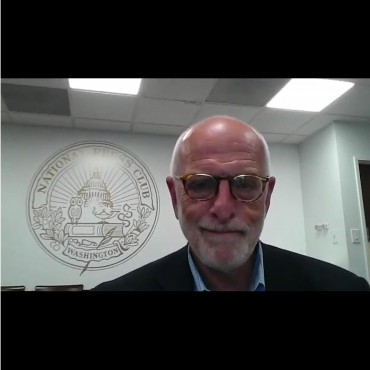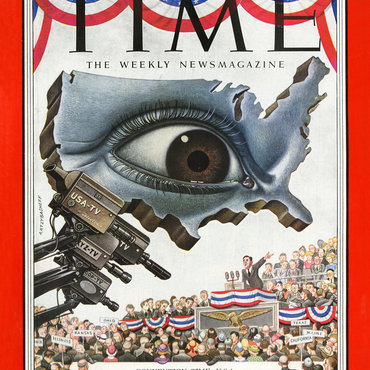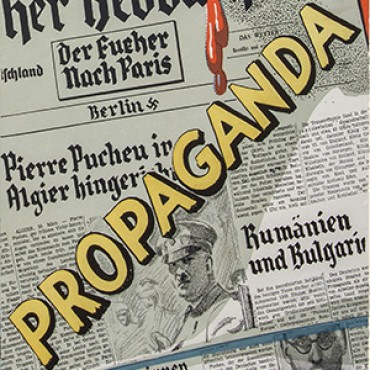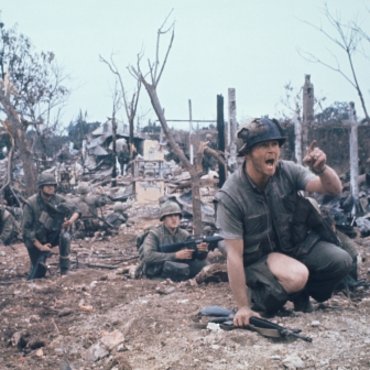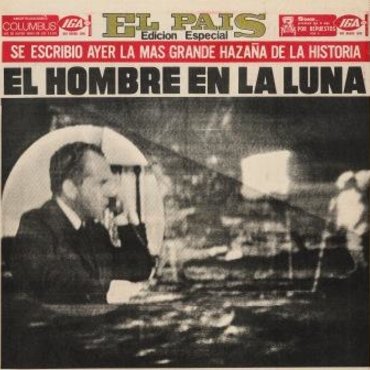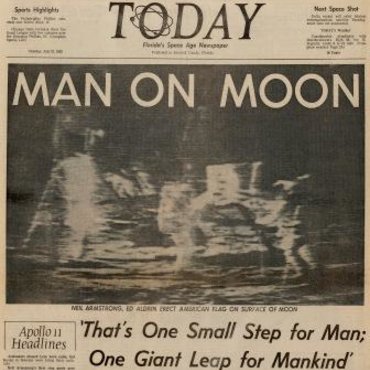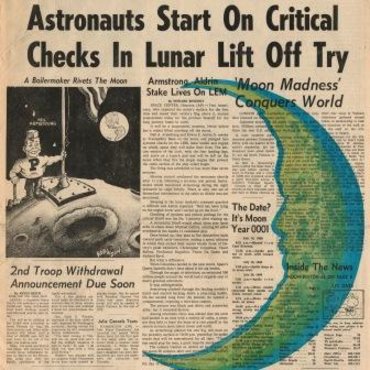Case Study: Giving the Unabomber a Voice (1995)
This media ethics lesson asks students to discuss the ethical considerations that guide journalists when reporting newsworthy information, even if it gives a voice to a criminal.
Get even more great free content!
This content contains copyrighted material that requires a free NewseumED account.
Registration is fast, easy, and comes with 100% free access to our vast collection of videos, artifacts, interactive content, and more.
NewseumED is provided as a free educational resource and contains copyrighted material. Registration is required for full access. Signing up is simple and free.
With a free NewseumED account, you can:
- Watch timely and informative videos
- Access expertly crafted lesson plans
- Download an array of classroom resources
- and much more!
- Journalism
- Media Ethics
- 7-12
- College/University
- Review the case study and background.
- Pass out copies of the case study and have students discuss it in small groups. Tell the groups they should attempt to come to a consensus about which of the multiple choice options they think is the best. They may also come up with another position.
- Ask the groups to share out their choice and reasoning.
- Case study handout (download), one per student
- What option did you choose and why?
- Who are the stakeholders in your decision, what are their interests and motivations, and how would each be affected?
- What is your role/responsibility as a journalist?
- Is this a public-safety issue and, if so, is that reason enough to publish the manifesto?
- Whom, if anyone, would you consult in the decision-making process and how much influence would you give them?
- What are the possible consequences of your decision?
- Should a news organization be in the business of helping law enforcement?
- Can you trust the Unabomber to end his attacks?
- What are the dangers of acceding to a terrorist’s demands?
- How do the journalism principles of “minimize harm” and “act independently” come into play?
